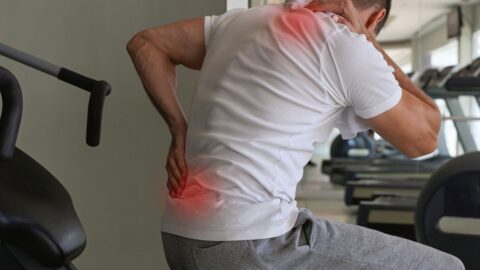Posture and ergonomics play a crucial role in promoting motivation and productivity in various settings, such as workplaces and study environments. The design and arrangement of furniture and equipment, in relation to the individual’s body alignment, greatly impact their level of comfort and focus.
When furniture and equipment are ergonomically designed, they support the body’s natural alignment, reducing strain and fatigue. This not only enhances physical comfort but also promotes mental well-being. Employees or students who have proper body alignment experience less discomfort, allowing them to dive deeper into tasks and remain motivated throughout the day.
On the other hand, poor posture and inadequate ergonomics can lead to various discomforts, including back pain, neck pain, and musculoskeletal disorders. When individuals consistently maintain incorrect body alignment, the added stress on muscles, tendons, and ligaments can result in chronic pain. This pain can become distracting, hampering concentration and motivation. Prolonged periods of poor posture can even lead to long-term health issues, such as spinal deformities and nerve compression.
The Importance of Proper Ergonomics
One of the key elements of proper ergonomics is selecting the right chair. A good chair promotes proper posture and provides adequate support to the back and neck, preventing the onset of musculoskeletal pain.
Equally important is the positioning of the desk and computer monitor. The desk should be at an appropriate height that allows the user to maintain a comfortable position with their arms and wrists. The computer monitor should be placed at eye level to avoid straining the neck and eyes. Proper alignment of the monitor reduces the risk of developing conditions like eyestrain and neck pain.
Making simple adjustments to the workspace can significantly contribute to proper ergonomics. For example, adjusting the height of the chair and desk, and positioning the keyboard and mouse at a comfortable distance can minimize the risk of repetitive strain injuries.
Taking Breaks and Stretching
Taking breaks and incorporating stretching into our daily routine is crucial to alleviate the negative effects of prolonged sitting. Prolonged sitting can lead to muscle tension, poor circulation, and decreased flexibility.
When we sit for extended periods, our muscles become stiff and tense, leading to discomfort and reduced range of motion. This muscle tension can also cause headaches and back pain.
Regular breaks and stretching can counteract these negative effects. Taking short breaks every hour to stand up, walk around, or do some stretching exercises can help relax tense muscles and improve blood flow. Stretching helps reduce muscle stiffness and increases flexibility, promoting better posture and reducing the risk of injuries.
The Role of Chiropractic Care on Ergonomics
Chiropractic care plays a crucial role in promoting proper posture by incorporating ergonomic principles into treatment plans. When it comes to posture, proper ergonomics can help prevent musculoskeletal issues such as back pain, neck pain, and headaches.
Chiropractors are trained to assess and correct spinal misalignments that can contribute to poor posture. By using techniques such as spinal adjustments and mobilizations, chiropractors can help improve spinal alignment, reduce muscle tension, and restore proper joint function. These adjustments not only help alleviate pain but also support the body in maintaining a more upright and balanced posture.
In addition to hands-on treatments, chiropractors also educate patients on ergonomics in their daily activities such as sitting at a desk, standing, lifting heavy objects, and even sleeping. They provide guidance on proper body mechanics and posture to prevent strain on the muscles and joints.









